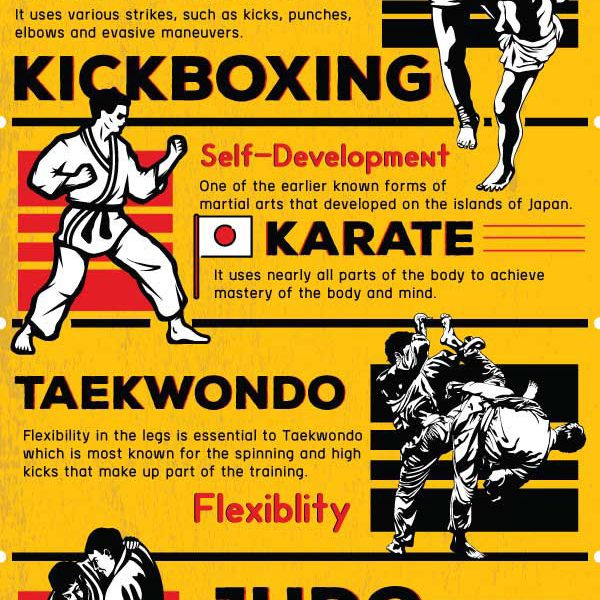Traditional Martial Arts Vs. Modern Combat Sports: Understanding The Key Distinctions
Traditional Martial Arts Vs. Modern Combat Sports: Understanding The Key Distinctions
Blog Article
Staff Writer-Bright Fink
When you consider martial arts, do you lean a lot more towards the standard practices or the modern-day combat sporting activities? Each path offers special benefits and experiences, shaped by their viewpoints and training approaches. Conventional martial arts stress individual growth and technique, while modern fight sporting activities focus on competitors and performance. Recognizing these differences can assist you in picking the right technique for your journey. However how do these distinctions manifest in training and viewpoint?
The Viewpoint and Background Behind Typical Martial arts
While many people link martial arts with physical combat, the approach and history behind conventional martial arts run much deeper. You'll locate that these disciplines highlight personal growth, technique, and respect.
Stemming from https://israelkanbl.blogolenta.com/31358241/taking-part-in-martial-arts-can-boost-your-kid-s-self-confidence-yet-what-unforeseen-advantages-could-they-run-into-during-this-life-altering-experience , standard martial arts were typically developed for Self-Defense and spiritual growth. They symbolize principles such as balance, consistency, and self-control, guiding experts past mere battling abilities.
As you educate, you'll not only find out methods but also obtain understandings right into the society and values that formed these arts. The routines and traditions, usually passed down via generations, cultivate a feeling of neighborhood and belonging.
The Competitive Nature of Modern Battle Sports
Modern combat sporting activities have actually changed the landscape of martial arts into a very competitive field, where professional athletes challenge in a test of ability, strategy, and endurance.
You'll observe that competitors are commonly arranged with strict policies and regulations, making certain justice and security. These occasions bring in big audiences, sustaining the enjoyment and intensity of matchups.
Professional athletes educate carefully, not just for physical prowess however likewise for psychological durability, recognizing that every information counts in the ring. The adrenaline rush throughout competitors is palpable, as fighters push their limitations to claim victory.
Fans value the athleticism and creativity involved, making modern-day combat sports a thrilling spectacle that continues to advance and captivate enthusiasts worldwide.
Training Approaches and Strategies: A Relative Analysis
The affordable environment of modern battle sports needs ingenious training techniques that differ considerably from standard martial arts.
In contemporary training, you'll focus on certain strategies, sparring, and conditioning, often making use of drills that replicate actual fight circumstances. You'll see a focus on measurable efficiency and frequent competitors to assess your skills.
On the other hand, conventional martial arts prioritize kinds, katas, and philosophical trainings, frequently highlighting self-control and regard over competition.
Training is typically much less intense and might entail repeated technique instead of real-time sparring.
While both techniques build ability and fitness, modern-day combat sports offer a more dynamic and versatile training environment, preparing you for prompt challenges in the ring or cage.
Select the course that straightens with your goals and passions.
Conclusion
In selecting in between conventional martial arts and contemporary combat sports, it actually boils down to what you value a lot of. If you're searching for personal growth, self-control, and a feeling of area, standard arts could be your best fit. However if you flourish on competitors and real-time difficulties, modern fight sporting activities could be the means to go. Ultimately, both paths supply one-of-a-kind benefits, so it's all about straightening your training with your individual goals and rate of interests.
